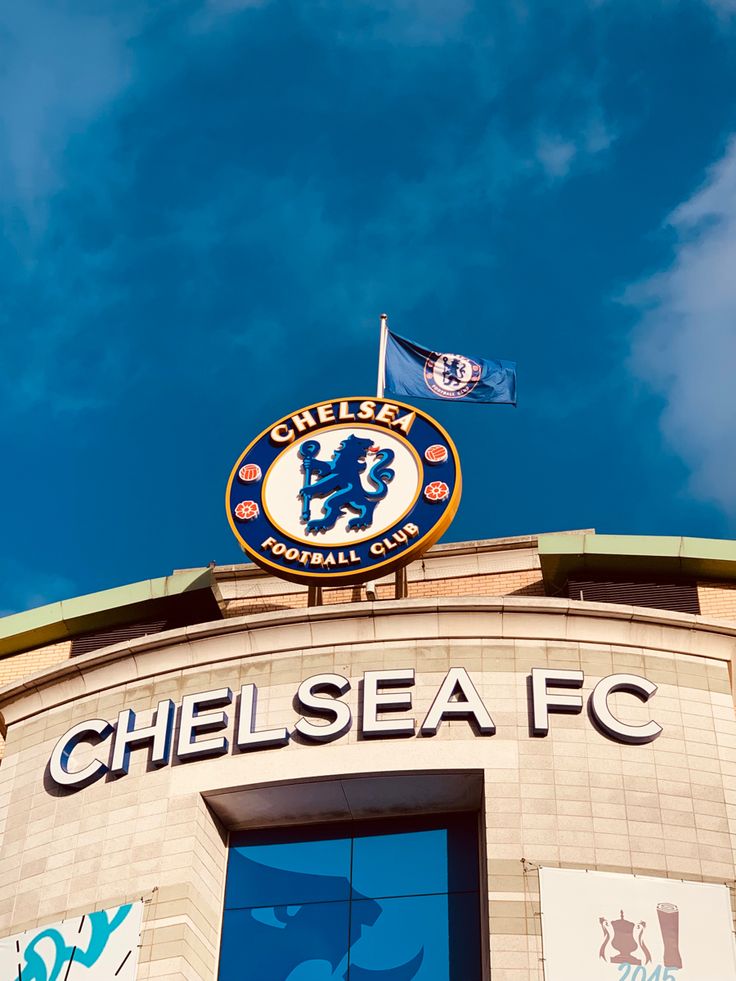Chelsea Football Club’s ownership is currently facing significant internal divisions that could profoundly impact the club’s future, particularly concerning the redevelopment of their historic Stamford Bridge stadium
Divergent Visions for Stamford Bridge
Co-owner Todd Boehly is advocating for a bold move to a new 60,000-seat stadium at Earl’s Court, envisioning a state-of-the-art venue to elevate the club’s stature. Conversely, Behdad Eghbali of Clearlake Capital, the majority shareholder, supports expanding and modernizing the existing Stamford Bridge. This fundamental disagreement has led both parties to explore buying each other out, with Boehly reportedly prepared to raise £2.5 billion to acquire Clearlake’s stake.

Challenges in Redeveloping Stamford Bridge
Redeveloping Stamford Bridge presents significant challenges due to its limited capacity and geographical constraints. The proximity to a tube line makes a rebuild extremely challenging, and the club would likely need to play at a temporary home, such as Wembley, for a number of years if they proceed with demolishing Stamford Bridge for redevelopment.
Financial and Operational Considerations
The proposed stadium projects are estimated to cost between £600 million for an expansion and up to £1.6 billion for a new build. Financial regulations, such as the Premier League’s Profit and Sustainability Rules, limit clubs to losses of £105 million over a rolling three-year period, adding pressure to ensure any development is financially viable.
Current Status and Outlook
As of March 2025, Chelsea sits fourth in the Premier League, aiming for Champions League qualification. Despite on-field progress, the ownership’s internal disputes over the stadium’s future remain unresolved, creating uncertainty. Both Boehly and Eghbali have expressed a commitment to resolving their differences, but without consensus, the club’s long-term plans, including stadium development, remain in limbo.
The outcome of these internal discussions will significantly influence Chelsea’s trajectory, affecting not only the club’s infrastructure but also its identity and financial stability in the coming years.
